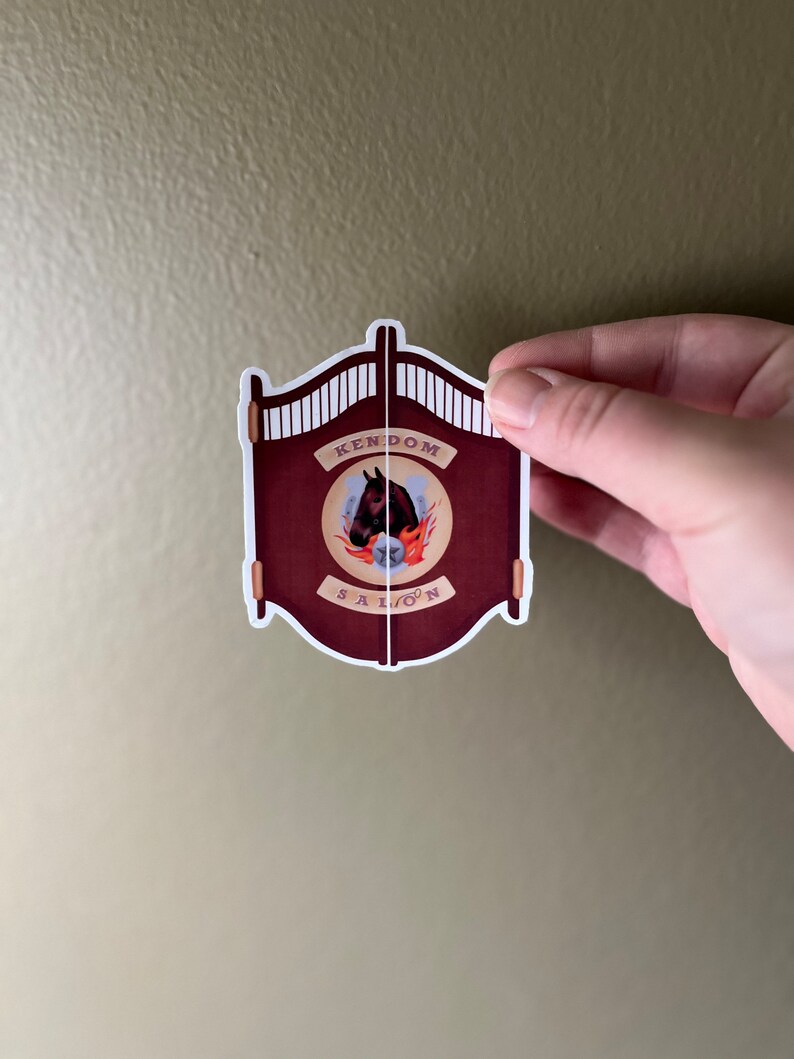Table Of Content

The most crucial factor in determining which standby generator is suitable for your needs is whether it can keep up with your electrical demands during an outage. During a power outage, keeping crucial systems and appliances, such as HVAC and refrigeration, operating is enough for many. Others may need to operate a home office or have additional needs for which adequate power is always necessary. Choose a large enough generator to meet your specific requirement and match the energy consumption required.
Generac GP8000E Cosense 50ST Portable Generator 7676
On an average, you at least need an 8kW generator to run your house smoothly for a couple of days. Another praiseworthy feature of the Cummins Power RS13A is that it has a cold-start capability down to 0 degrees F. The generator is incredibly easy to install, and it comes with removable doors that offer easy access for servicing and fuel re-fill. Also featured is an external viewing window that allows easy inspection of the generator’s breaker position and status.
Price (25%)

So while these generators are designed to be durable, you might have trouble contacting tech support representatives if something goes wrong. This generator may only be around $2,000, but it’s fully capable of preventing the contents of your fridge from spoiling and keeping the inside of your house at a reasonable temperature. It is able to power up to eight circuits in your home and significantly quieter than a portable generator.
Support
The best portable generators in 2024, tested and reviewed - Popular Science
The best portable generators in 2024, tested and reviewed.
Posted: Tue, 09 Apr 2024 07:00:00 GMT [source]
Ditch the hassle of pulling the string to start the generator and buy one that has an electric start. All generators mentioned on our list give you the option to choose between natural gas and liquid propane as fuel. The goal to purchase the smallest generator that fulfills all your needs. It also depends on the frequency of power outages for which you will require a standby generator with a power output of around 20 to 22kW. Finally, the Generac 7210 is fitted with a 200 amp automatic transfer switch that provides you with a whole-house circuit coverage.
While the best portable generators work for emergency use during storms or time spent in a camper, a whole-house generator is a different kind of appliance. They are able to support major systems such as electrical and HVAC in the event that the home loses power. Homeowners will want to familiarize themselves with common generator features and terminology before shopping in order to develop a realistic budget and decide which whole-house generator is the best fit for them. This industrial-grade portable generator is designed for work sites, camping or backup power at home. Its 457 CC 4-stroke gas engine delivers a high power capacity of 12,000 watts for up to 12 hours. The best small whole-house generators in our ratings put out less than 10,000 watts of power but often run longer on propane than larger standby generators.
Why should I install a home energy storage system?

Portable generators are a good option if you only need power for a short period of time, or if you don't want to invest in a more expensive standby generator. Both have their pros and cons, so it's important to do some research to decide which is best for you. Installing an energy storage system can help you prepare for a PSPS or other outage types. A battery will use stored grid or solar energy to keep your home running when grid power is disconnected. They are good go-to’s for emergency power while tailgating, camping, or during an outage.
Plus, the UL-recognized sensor uses an LED to indicate CO shutoff or fault. Additionally, the 100-amp, NEMA 3R transfer switch ensures that your power will be consistent and reliable. Not to mention, the G-Force Engine is purpose-built and pressure-lubricated, meaning it can handle lots of use and won't require much maintenance. The solar and energy storage system controller is generally programmed by the installer to direct the energy to the appropriate system to maximize the customer’s rate plan to offset Time-Of-Use time periods. There is a loading order; first, the solar energy is used for onsite usage, any excess goes to the energy storage until it is full, then any excess after that will be exported to the grid.
Champion 14-kW aXis Home Standby Generator with 200-Amp Whole House Switch
Additionally, generators are large and heavy and must sit on a concrete pad. They require advanced electrical work and possibly fuel line installation. Permits must be obtained before work can start, and the power provider will need to be notified. Costing between $3,000 and $20,000, diesel generators are usually larger machines that can power a whole house. Exceptionally efficient, diesel-powered generators are more cost-effective the larger they get. Portable generators must be manually refueled and started, but standby home generators connect to your gas line and can start themselves.
Briggs & Stratton PowerProtect™ 10kW Standby Generator, Model 040684
The operating temperature range of each generator was compared against the field to determine this ranking. The existence of a high-termperature shutdown safety feature to protect the generator was a factor in our review. Check warranties carefully to understand what’s covered and what circumstances trigger warranty service and which don’t. It’s common for manufacturers to vary the warranty lengths of components and what’s protected.
While this generator weighs close to 200 pounds, it’s still portable courtesy of its heavy-duty, never-flat wheels, which ensure it can go where you go without issue. While there are plenty of online calculators that can help homeowners with generator math, Worthington says it’s best to consult an electrician for the best generator size for your home. Generator installers and most electricians install whole house generators. Powering a whole house up to 3,000 SF typically requires a 13 to 20 kW generator. Use the watt usage chart for generators below to calculate the size required for a house. These devices can power your entire home in an emergency, but there's a lot you need to consider before you purchase one.
Generac also offers 24/7 customer service if you do have any issues, since the power always seems to cut out outside of business hours. “The price of a generator will vary widely depending on whether the homeowner is looking for a portable generator or a standby generator,” says Worthington. Our research shows that standby (whole-home) generators can pull on the purse strings for as much as $7,000+, while budget units can cost $500 or a little less. To come up with this list, we surveyed our staff on the best home generators they’ve used. Respondents rated whole-home and portable units while considering performance, maintenance, noise level, and value. It features a digital control panel so you can monitor the unit’s power output, load level, and running hours at a glance.
The demand for generators for whole-house use varies based on weather conditions, market, and region. Homeowners will want to note the size of their house and electrical panel so they don’t buy more power than is necessary. Propane is a more expensive fuel type but often burns a little longer and provides more power than gas. All Champion generators come with a 10-year limited warranty and lifetime technical support.
They all have a total harmonic distortion of less than 5%, which means it protects most sophisticated electric equipment. It is designed to reduce maintenance and make it more reliable compared to other generators available in the market. You can adjust settings on the generator using the Mobile Link™ Remote Monitoring mobile app, which is free.
The advantages of propane include its affordability and its “cleaner” burn, meaning it leaves little to no contamination. Some houses have a permanent propane tank, but propane is also available in smaller containers at grocery stores, hardwood stores and even gas stations. Smaller home generators are allowed as close as a minimum of 18 inches from an exterior wall, though you should always check local codes as they may differ from the NFPA’s standards. Briggs & Stratton is next on our list with the PowerProtect 12kW Standby Generator and the smaller 10kW version. Briggs & Stratton’s big selling point is that the generators are 30% smaller than the overall footprint of all competitors due to a taller vertical design that takes up less space on the ground. A smartly placed, front-facing exhaust keeps fumes blowing away from your home instead of toward open windows.
It has a durable aluminum housing that will keep it protected from inclement weather. The generator also features three removable sides, which allow for easy access should it require maintenance. It’s also important to consider that while generators are certainly a hefty investment, they will pass the test of time. Most home standby generators can run anywhere from 10,000 to 30,000 hours. If you were to use it for 100 hours per year, that translates to 10 to 30 years.
These units can cost $10,000 to $25,000, plus an additional $800 to $1,500 for installation. Remember that standby generators are usually more expensive than portable generators and require installation. If you're wondering how much it costs to install a whole-house generator, check with the manufacturer before you buy. Whole-home generators are designed to power an entire house and all its systems. They typically run on propane or natural gas and produce at least 3,000 to 30,000 watts of power.











